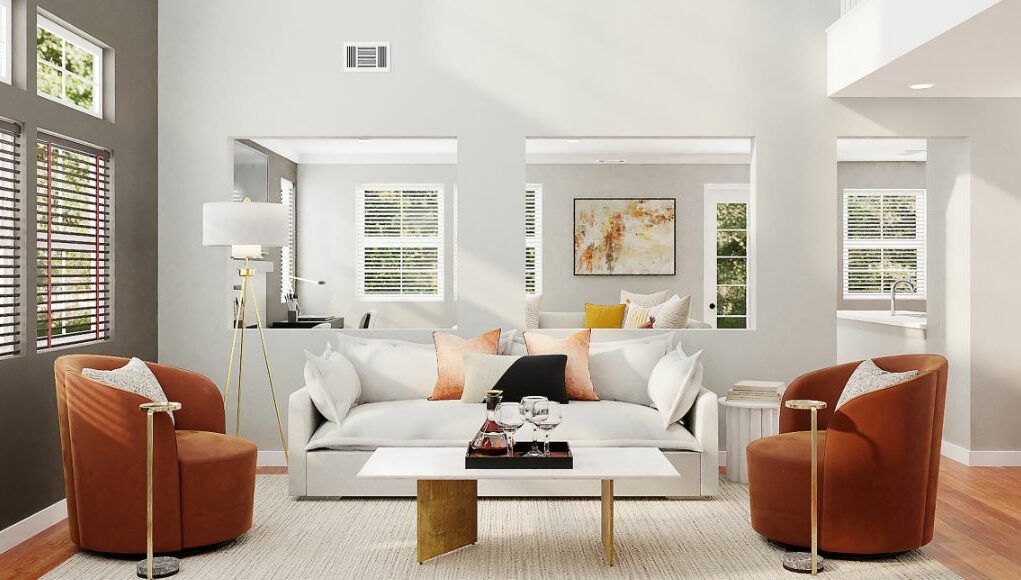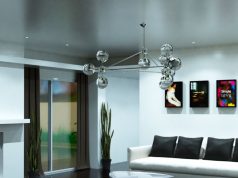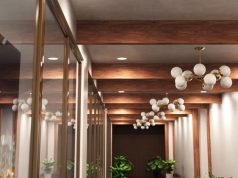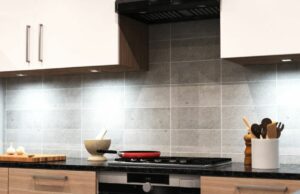Lighting has a significant role in interior design. It’s an element you cannot forgo because of its value to the space! Lighting can enhance the ambience, boost the functionality, and elevate the aesthetics of your rooms.
So, how can you utilise lighting to transform your space? What choices must you make to leverage lighting as a revolutionary element in your interior design?
The Significance of Thoughtful Lighting
When you install lighting without careful consideration, you won’t be able to maximise its potential. However, if you put enough time into researching and planning strategic placements, you can unlock the metamorphic ability of lighting! This means manipulating the perception of space, highlighting architectural features, and creating focal points.
When talking about lighting, there are two aspects that you need to know: artificial lighting and natural lighting. Both are necessary in creating a scenic interior and defining the space’s character.
Understanding Different Types of Lighting
There are three main types of lighting: ambient, task and accent lighting. What roles do each play in forming the atmosphere and functionality of the room?
Ambient lighting is in charge of overall and uniform illumination, while task lighting is responsible for focused luminance for specific activities. On the other hand, accent lighting takes care of highlighting particular elements in the room.
Each type of lighting must be present in every single room. That way, you’re sure that the space is functional and visually appealing!
Layering Light for Depth and Dimension
Layering light means integrating the three types of lighting to illuminate the room. It incorporates a base layer and accents to enhance the textures and dimensions throughout the space. When doing this technique, you cannot just use whatever lighting fixtures you find. Each layer must complement the others to create a comprehensive lighting system.
So, how can you layer lighting in a room? Say you’re designing your living room. When layering the lights, you must first establish your ambient lighting. You can use colour-temperature adjustable LED downlights for this so you can have access to all three LED colours.
After, determine the areas where you do specific activities like reading, puzzling, journaling, etc. Add a wall light, table lamp, or floor lamp with cool white or natural white light in those areas for enhanced visibility.
When you’re done setting up your ambient and task lighting, you can proceed to accent lighting. Scan the space and find elements you want people to immediately notice. It can be a painting, wall art, display cabinet, architectural features, etc. The best lighting solutions for accent lighting are LED ceiling spotlights, adjustable LED downlights, and LED strip lights.
Choosing Fixtures and Styles
Your lighting fixtures are like the accessories of your outfit. It adds elegance, flare, and whatever you need to further develop the room’s aesthetic. So, how do you choose your lighting fixtures and their styles?
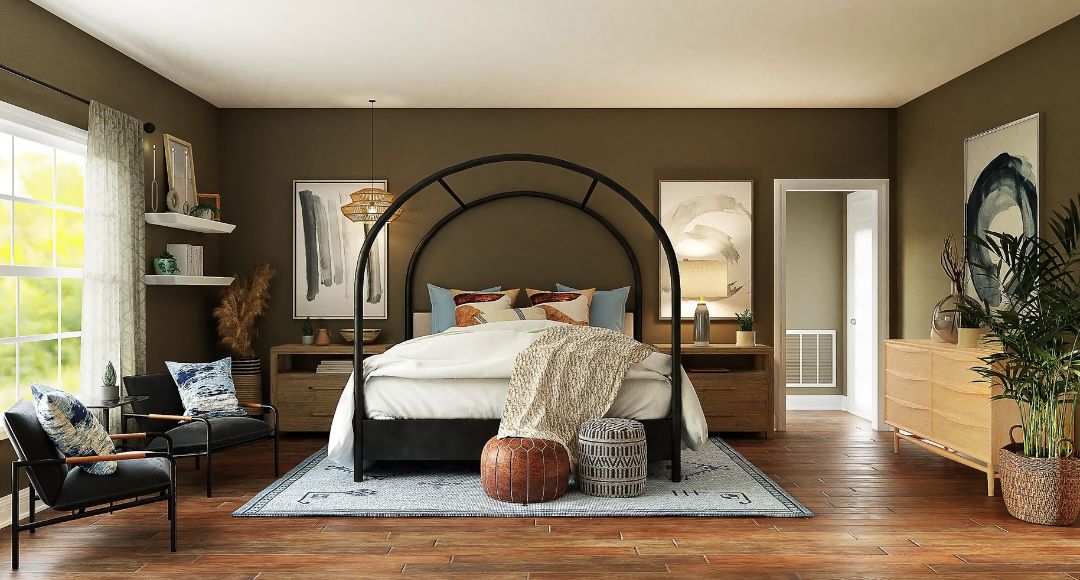
The first thing you need to do is identify the overall theme of your interior. Are you going for a mid-century modern layout or an industrial design? The style and types of your fixtures should complement your design scheme.
Say you’re planning a cosy and minimalist interior design. You can use recessed LED downlights in neutral colours, then add a pendant lamp with a ratan lamp shade for warmth. Look for fittings made from metal and natural elements to try an industrial interior. You can use wall lamps made from iron and integrate bare bulb pendants made with rattan ropes and bamboo.
When you have an exact design scheme, finding the right fixtures and style will be easier!
The Influence of Colour Temperature
Besides the lighting placement, fixture and style, another lighting characteristic you should watch out for is colour temperature. It determines whether your space will look cosy, relaxing, or alert. So, how should you deal with colour temperature?
There are three LED colours that you should know: cool white, natural white and warm white light. Cool white has a crisp, bluish tone, while warm white light has a yellowish shade that resembles an old incandescent bulb. On the other hand, natural white light has no hints of blue or yellow, similar to a cloudless sunny day.
Use cool white or natural white in areas where you work and need to concentrate. These colours can stimulate your brain and keep you alert. You can use it as task and ambient lighting in your kitchen, home office and bathroom.
When it comes to rooms where you relax, choose warm white light as your ambient lighting. This will bring out that cosy vibe that will detoxify all your stress from the day!
Utilising Dimmers and Smart Controls
To take your lighting design a step further, adding dimmers and smart control will lead you to where you want to be. Controlling the brightness level of your lights will allow you to temper the intensity to where you’d like. Remember, while there are steps in creating the perfect lighting design, you still need to return to your preference because you’ll be using it.
In addition, smart controls will make your light management more convenient, automated, and customised. Many smart controls can set timers, create different scenes, and further modify your lighting design!
Maximising Natural Light
Artificial lighting alone is not enough to bring a solid lighting design. Yes, there are moments when you need to rely on artificial lighting, but integrating natural light will create a massive difference. So, how can you ensure that you have sunlight elevating the aesthetics of your space?
The most basic way is creating entry points, meaning having massive windows, skylights, transom windows, etc. Natural light must enter the space, so the more entryways, the better. If there’s a scarcity of entry points, what you can do is increase your reflectors. You want that natural light to travel as far as possible in your room, so use mirrors and other reflective surfaces to bring in natural light!
Conclusion: Illuminating Spaces, Elevating Design
Designing a space does not stop with picking the wall colours, finding the right furniture pieces and combining different textures. Lighting plays a significant role in interior design, so you should spend as much time planning it as you would when choosing the perfect sofa!
Where can you find top-quality LED lighting? Visit our website, Simple Lighting! We have an extensive collection of indoor, outdoor and commercial lighting solutions for various lighting needs!


